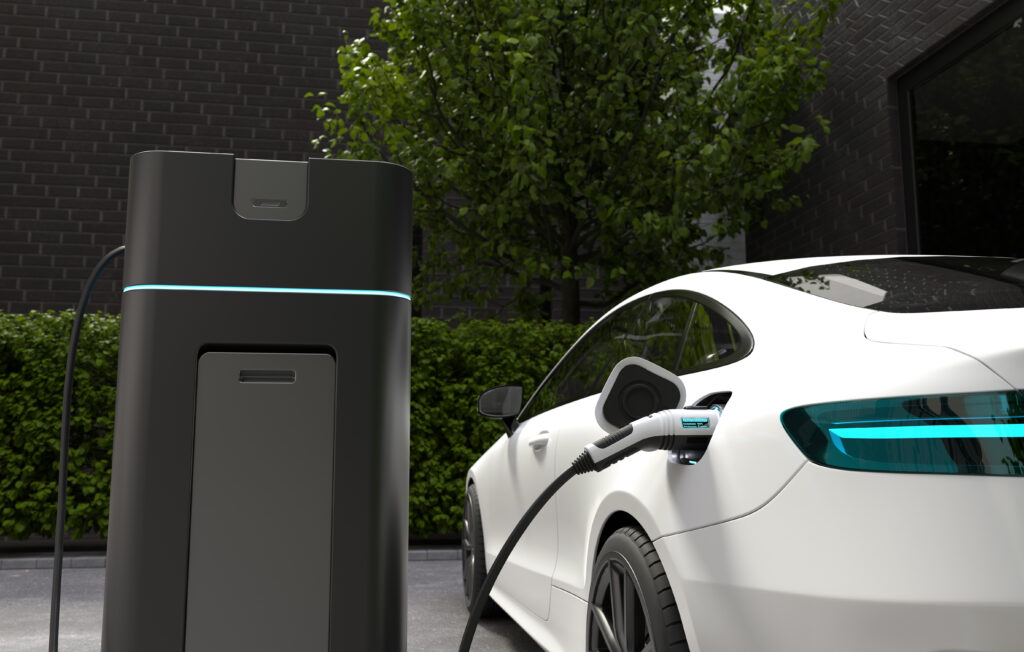
In late July, electric vehicle (EV) company Omoda & Jaecoo announced it would increase investment in Thailand after pledging to build a manufacturing plant.
A subsidiary of Chery Automobile, it is the latest in a wave of Chinese EV companies setting up production in Thailand’s Eastern Economic Corridor.
The surge in Chinese EV investment is hard to miss: new factories, frequent headlines, and billboard ads lining Bangkok’s roads.
EVs now stand alongside solar and lithium batteries as part of China’s “New Three” export industries — sectors Beijing has nurtured for over a decade with subsidies.
Many of the EV makers making global headlines today first saturated the domestic market before expanding overseas, pushed by over-competition at home and geopolitical pressures abroad.
Thailand has emerged as a key destination.
Beyond generous incentives and tax breaks, its historic role as a regional auto hub and its partnership with China under the Belt and Road Initiative (BRI) have been decisive.
In 2022, the two governments signed a joint statement naming EVs as a priority sector for cooperation, linking Thailand’s Eastern Economic Corridor with China’s Greater Bay Area and Yangtze River Delta.
This strategic alignment is the latest example of how the two countries’ bilateral cooperation is evolving under the BRI framework.
This comes as China tries to give its flagship project a lighter and greener character after years of external criticisms due to poor social and environmental records, project level difficulties, and bad debts.
Essentially, the BRI has become China’s outreach, helping the country to project a “global China” image and also connecting the world with the country.
In recent years, the BRI has increasingly prioritised “small yet smart” projects.
Facing debt renegotiations exceeding US$78 billion (2.5 trillion baht) and criticism over environmental and social impacts, Beijing has tried to recast the initiative as “BRI 2.0” — smaller, greener, and more commercially driven.
The pivot coincides with the rise of China’s green industries: in 2024, clean-energy technologies contributed a record 10% of China’s GDP, with sales and investment worth copy.9 trillion.
Yet this strength comes with risk. Price wars have ravaged China’s EV sector, and Beijing has warned firms like BYD to “self-regulate” to avoid destructive competition. These pressures are now spilling over into BRI investment.
Amid market competition, the BRI has largely eased the way for the companies to invest abroad and access regional markets.
In recent years, the focus of the BRI has increasingly shifted to support so-called green cooperation.
This political endorsement is also enforced through important regional diplomatic mechanisms that rely on BRI financing such as the Lancang Mekong Cooperation, which lists automotive and parts as one of the priorities of “production capacity cooperation”.
As a result, while renewables accounted for just under 5% of all BRI energy investments in 2014, its percentage rose to around 30% in 2024, according to a report by the Griffith Asia Institute and Green Finance & Development Center.
According to BloombergNEF, emerging markets now claim a larger share of Chinese clean-tech exports, rising to 43% from 24% between 2022-24, driven by low prices.
China is now the leading trade partner in clean technologies across five Asean countries, followed by South Korea, Japan, and Australia.
For Thailand, which aims for zero-emission vehicles to reach 30% of domestic production by 2030, this dovetails with its own EV ambitions but also creates both opportunities and challenges.
In just two years, Chinese EV makers have unsettled Thailand’s auto industry.
They are challenging the dominance of long-entrenched Japanese and Western automakers, while many Thai parts and component suppliers — especially Tier 2 and below — struggle to secure orders from new Chinese entrants.
This raises existential risks for local firms long integrated into traditional fossil fuel car supply chains.
Amid shifting international trade patterns, China’s EV makers’ global strategy is closely tied to their domestic sales.
Even amid overcapacity, the key question is how best to onshore the manufacturing capacity of these products in ways that benefits Thailand.
Falling prices still create significant potential to attract clean tech investment, but steering industry cooperation towards fulfilling its green promise in Thailand will require careful planning.
In fact, despite persistent overcapacity, Chinese firms’ investment in clean tech products in their domestic market last year was still five times more than all other countries combined.
As China now dominates clean tech production, the imbalance of its production capacity and massive investment at home will continue to drive Chinese companies to seek new markets abroad.
Thailand, in particular, has become a testing ground for Chinese automakers eager to offload surplus supply and establish global brands.
Policymakers will still, however, need to weigh how to capture the benefits of onshore clean tech manufacturing while minimising risks to local suppliers and ensuring the transition supports Thailand’s broader climate and industrial goals.
First Published on Bangkok Post
Download Briefings “Can Chinese EV Investment Contribute to Thailand’s Green Transformation?”
